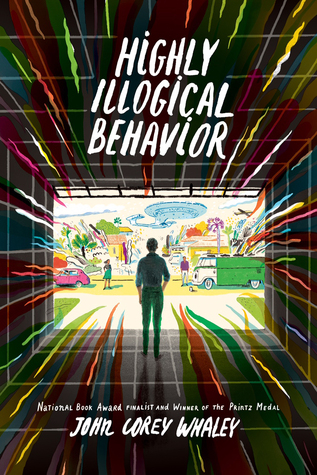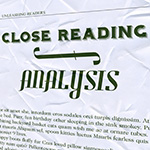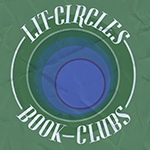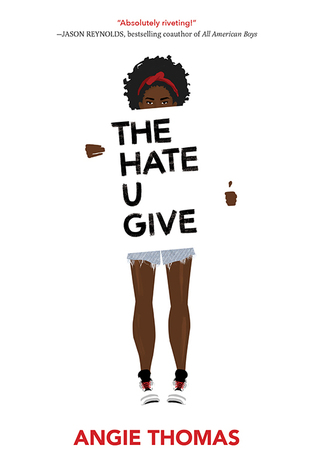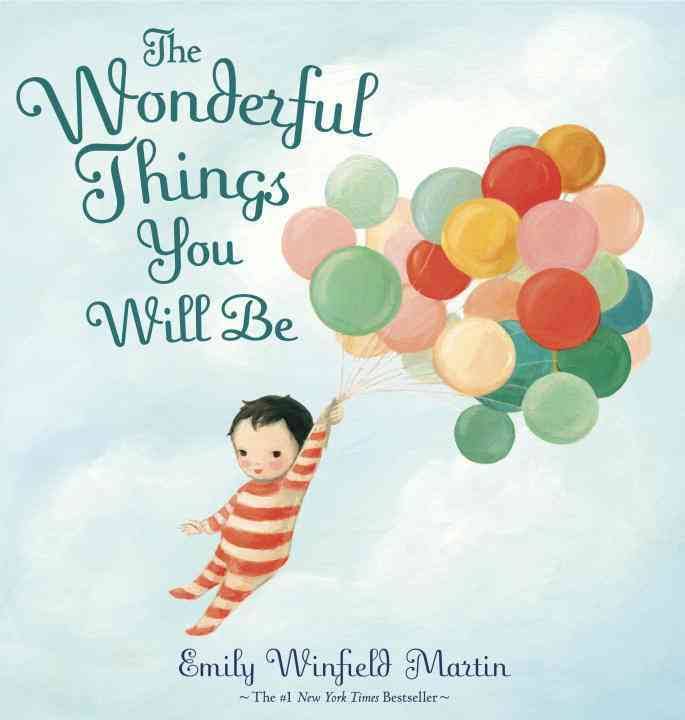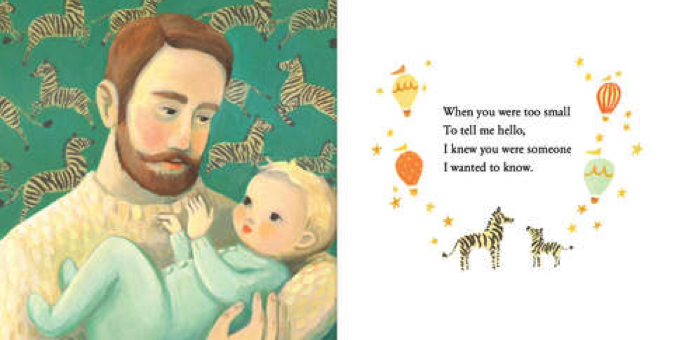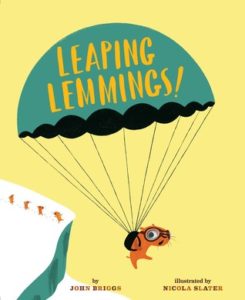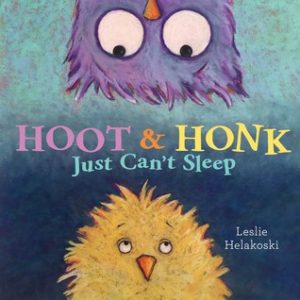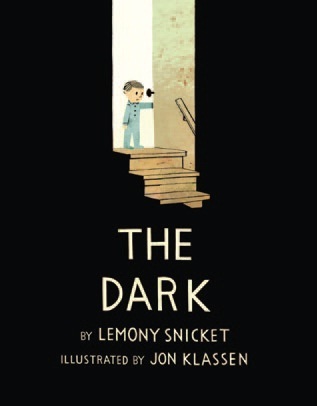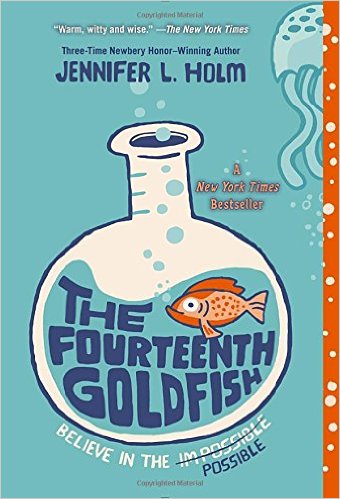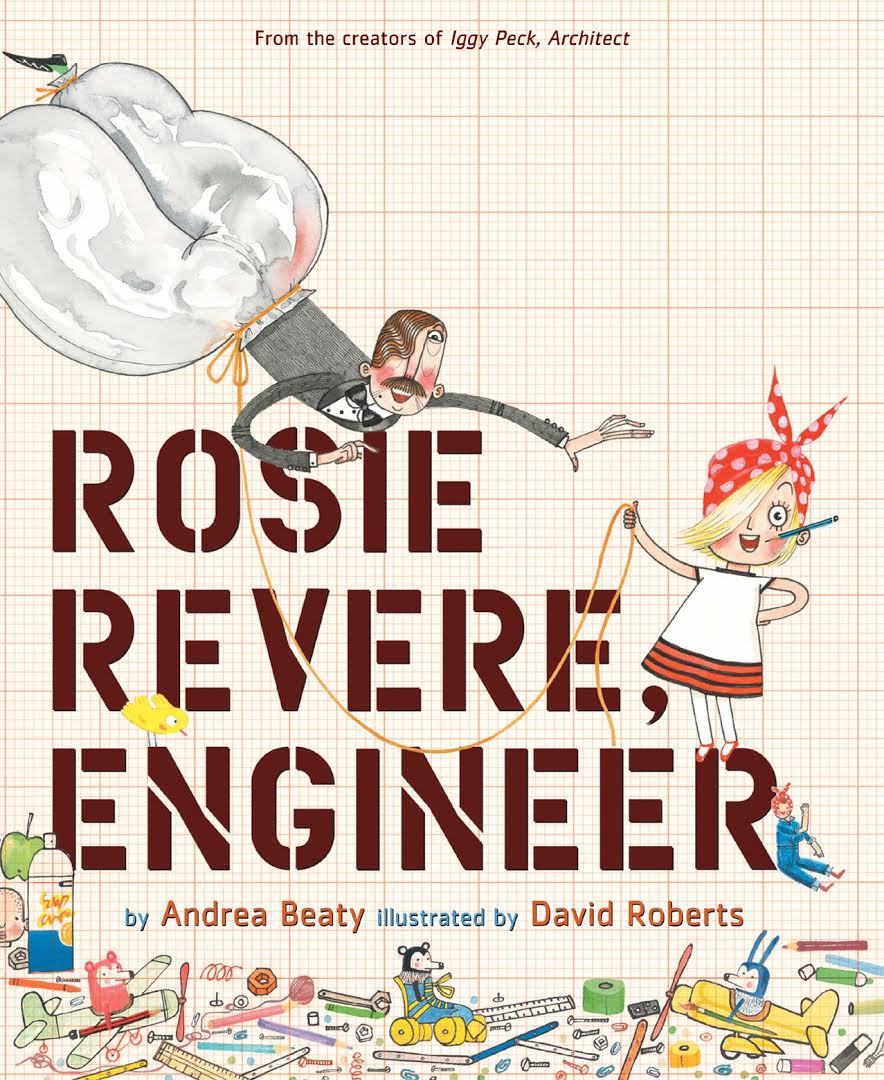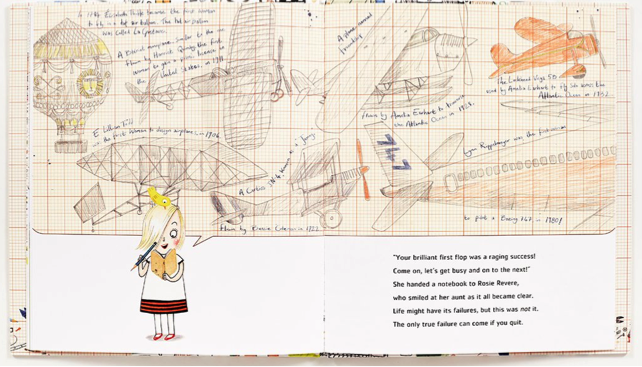Highly Illogical Behavior
Author: John Corey Whaley
Published: May 10, 2016 by Dial
Summary: Sixteen-year-old Solomon is agoraphobic. He hasn’t left the house in three years, which is fine by him.
Ambitious Lisa desperately wants to get into the second-best psychology program for college (she’s being realistic). But is ambition alone enough to get her in?
Enter Lisa.
Determined to “fix” Sol, Lisa steps into his world, along with her charming boyfriend, Clark, and soon the three form an unexpected bond. But, as Lisa learns more about Sol and he and Clark grow closer and closer, the walls they’ve built around themselves start to collapse and their friendships threaten to do the same.
Ricki’s Review: I didn’t expect this book to hit me quite as hard as it did. The summary was compelling, and I enjoyed reading the first few chapters, and then I became personally invested in the characters’ lives. There are many complex emotions within this text. Because of the alternating perspectives, I’d be rooting for Lisa in a chapter and then feel like a jerk because I was betraying Solomon. And then I’d wonder if rooting for Lisa meant that I was also rooting for Solomon, in a way. This book makes readers question their values and consider ethics. I’ll be thinking about this one for quite some time.
Two other things I love about this book: 1. Solomon’s parents are great! I love when a YA book features good parents! 2. Sexuality is discussed in the book, but it isn’t the only (or main) feature of the book. This goes along with my belief that books that feature discussions about sexuality need not be purely focused on sexuality.
Teacher’s Tools for Navigation: I am a big advocate for literature circles that consider mental health. I think that placing texts like these in conversation allows us to consider the complexity of mental health issues. Some great texts to include in these literature circles follow: Dr. Bird’s Advice for Sad Poets by Evan Roskos, Forgive Me, Leonard Peacock by Matthew Quick, It’s Kind of a Funny Story by Ned Vizzini, The Perks of Being a Wallflower by Stephen Chbosky, Twisted by Laurie Halse Anderson, Everybody Sees the Ants by A.S. King, and 13 Reasons Why by Jay Asher. A discussion of these titles would foster incredibly rich discussions about phobias, depression, anxiety, and suicide. In my opinion, we must have these conversations with our students.
Discussion Questions: Do you think that Lisa “did the right thing” throughout the text? Were all of her decisions selfish, or could some of them be considered simultaneously selfless? Can a decision be selfish and selfless at the same time?
We Flagged: “We’re just floating in space trying to figure out what it means to be human.”
Read This If You Loved: (Many of these are listed above.) Dr. Bird’s Advice for Sad Poets by Evan Roskos, Forgive Me, Leonard Peacock by Matthew Quick, It’s Kind of a Funny Story by Ned Vizzini, The Perks of Being a Wallflower by Stephen Chbosky, Twisted by Laurie Halse Anderson, Everybody Sees the Ants by A.S. King, Reality Boy by A.S. King, Dear Life, You Suck by Scott Blagden, 13 Reasons Why by Jay Asher
Recommended For:
